The Failure at God School Volume 1
Artist: Modomu Akagawara
Original Story: Natsu Hyuuga
Character Design: Seikaisha
Publisher: Yen Press (print & digital)
Translation: Yumi Tanaka
Lettering: Madeleine Jose
Editor: Rory Nevins, Danielle Nederkorn
Design: Lilliana Checo
Publication Date: Mar 25, 2025
Rating: Teen
Genre: Manga (JPN), Fantasy, Drama, Romance
The Failure at God School is a manga adaptation of the light novel of the same name, marking a fresh addition to Yen Press’ shōjo lineup. The character designs are by Seikaisha, while the artwork is handled by Modomu Akagawara, best known in English for My Brother’s Friend.
But it’s the author’s name that likely stands out the most! Natsu Hyuuga, best known for The Apothecary Diaries, lends their storytelling prowess to this series. The manga adaptation of The Apothecary Diaries is already available in English, and the anime’s second season is currently airing on Crunchyroll. Now, let’s dive into my spoiler-free first impressions of The Failure at God School‘s debut volume!
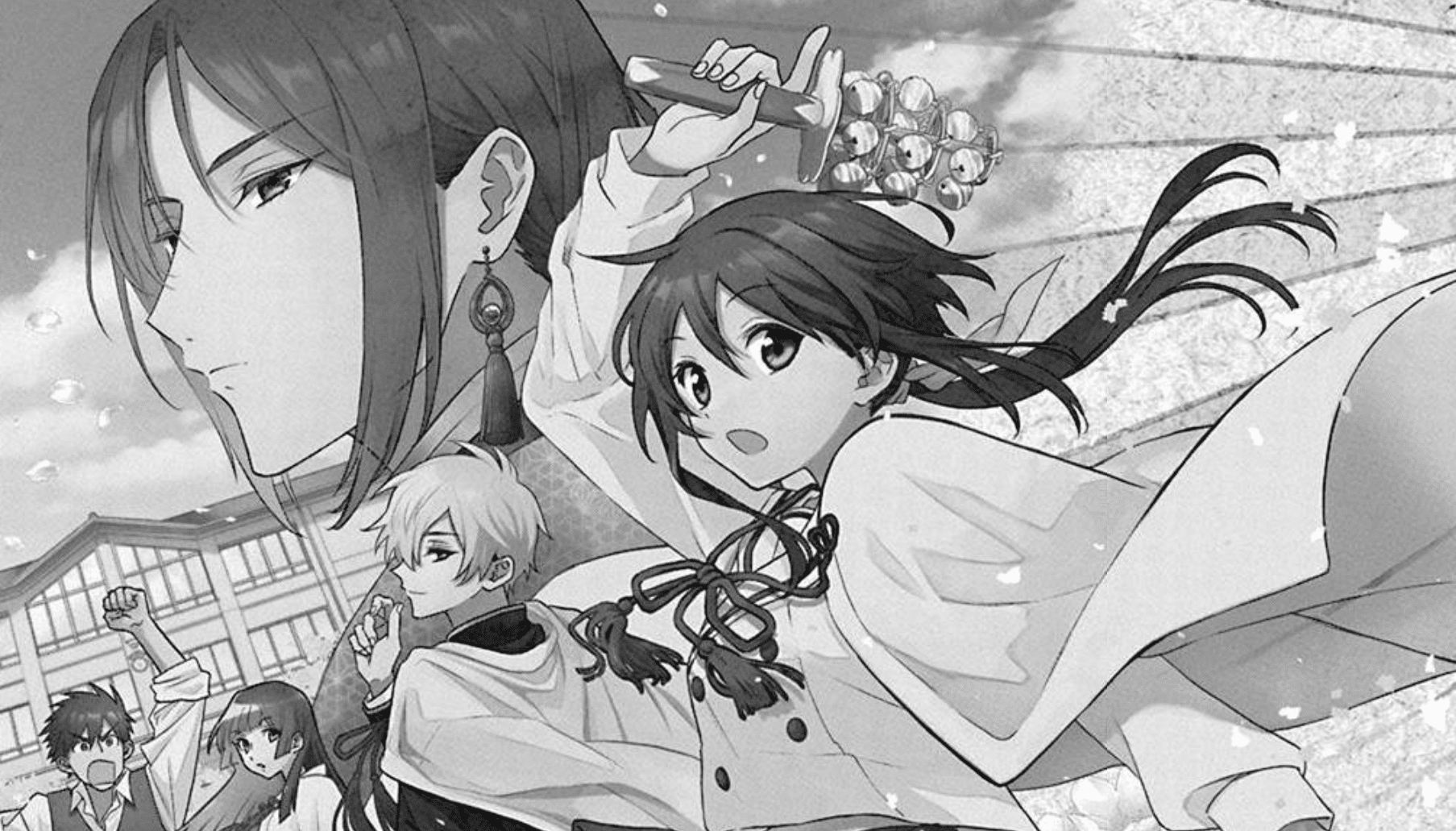
In modern-day Japan, everything seems ordinary—except for the existence of himiko, people with supernatural abilities recognized by the government for their societal contributions. Among them, those with divine powers and outstanding character are elevated to the status of Gods, though in reality, it’s more of a government job than an otherworldly calling.
Nagi hails from a lineage tied to Ame-no-Uzume-no-Mikoto, with her grandmother serving as the god of their family’s shrine. After a tragic accident claims her grandmother’s life, the responsibility of succeeding her falls to Nagi’s twin brother, Takeru, a himiko himself. Though Nagi persistently encourages Takeru to take the God Exam, she understands why he remains shut away in his room. Then, after an eventful morning of rescuing a lost child in the woods, Nagi unexpectedly receives an acceptance letter to Kannagara Academy, an elite institution for training himiko. But how can a girl with no powers possibly fit in at a prestigious school for the supernatural?
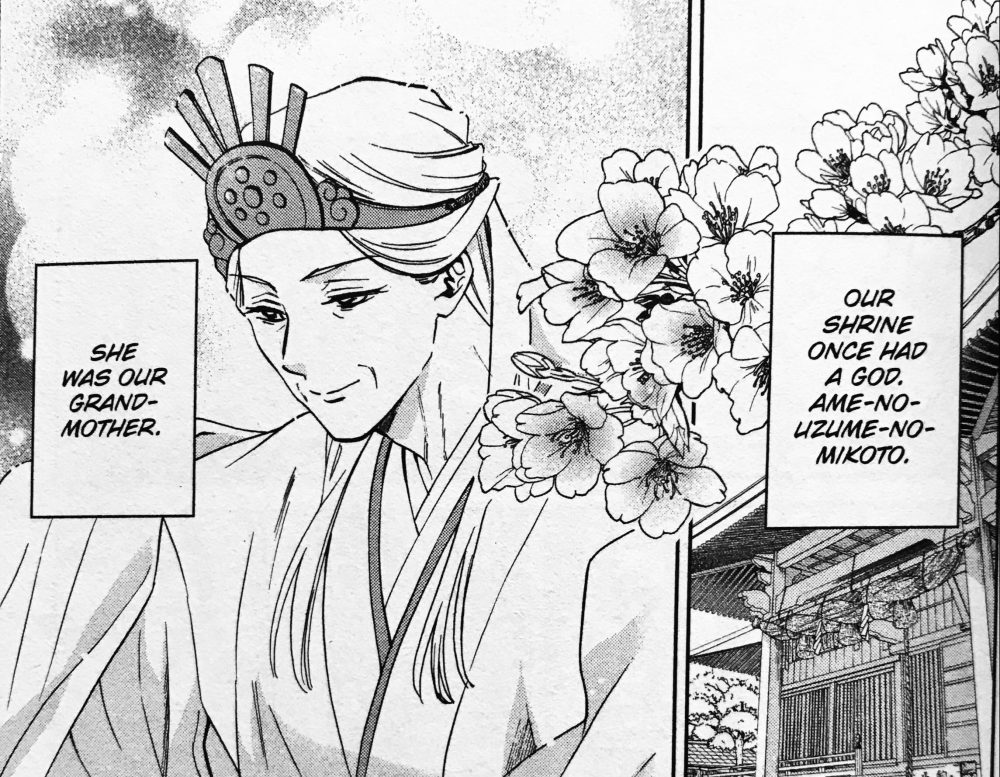
With her parents constantly busy and her brother withdrawn, Nagi naturally assumes a caretaker role in their home. Though she rarely expresses it outright, she struggles with her grandmother’s passing and the loss it brings—not just to her family but to the entire shopping district, which has grown lifeless in her absence. With Takeru refusing to step up, the community has no one to turn to when supernatural threats arise. Without powers of her own, Nagi feels helpless beyond putting up posters seeking a new god. But she’s not the type to sit around and wait for change—she takes matters into her own hands.
Nagi is quick to act and sharp-witted, seamlessly fitting in at Kannagara Academy, where she already has a few friends. She’s the classic shōjo protagonist—kindhearted, stubborn, and always inserting herself into others’ problems—but she’s genuinely likable and engaging to follow.
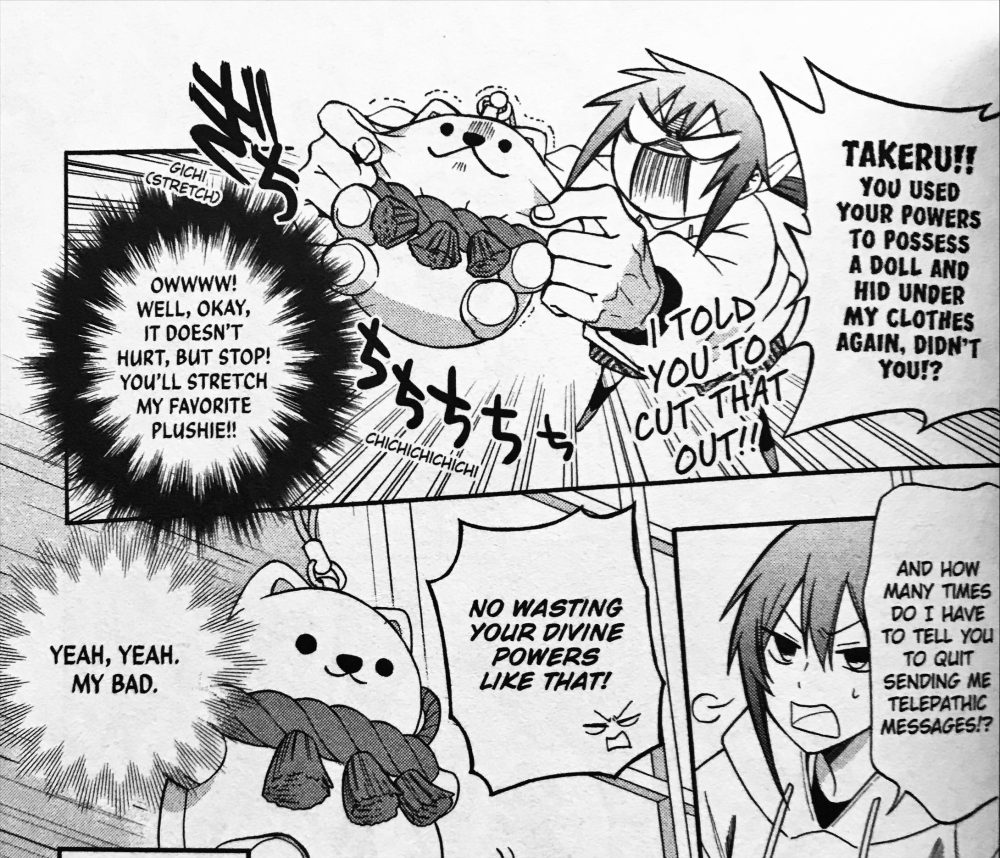
Then there’s Tsukuyomi-no-Mikoto, or Tsukuyomi-sama, the god of the moon. According to the translation notes, Tsukuyomi-no-Mikoto in Shinto beliefs is not tied to a specific gender or form. However, The Failure at God School presents Tsukuyomi as an elegant, androgynous man, exuding an aura of serenity and authority. Cloaked in elaborate godly robes, his presence commands respect—though his long-suffering attendant might tell a different story.
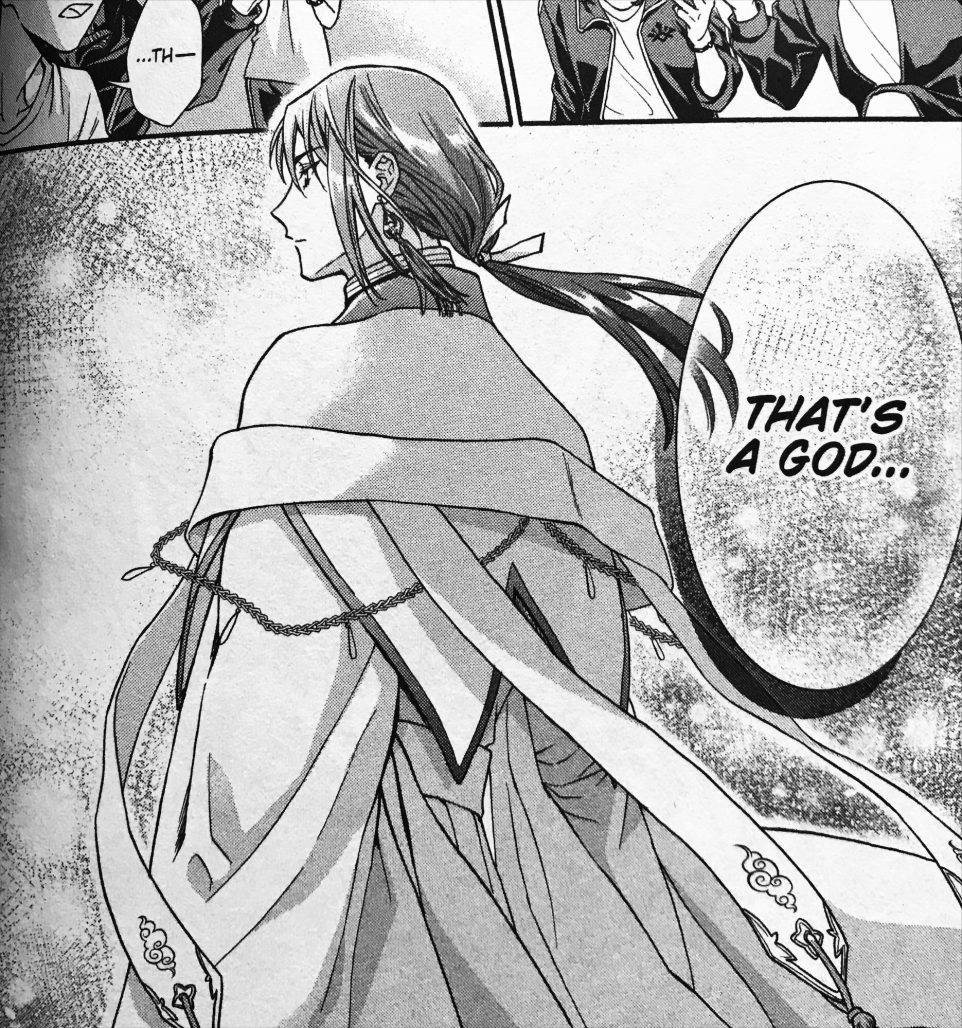
As expected from a first volume, much of The Failure at God School focuses on worldbuilding, introducing the mechanics of Godhood (for lack of a better term) and establishing its supernatural society. This means there’s a fair amount of exposition, particularly regarding Shinto beliefs, deities, and rituals. The translation notes provide valuable context, saving readers the effort of researching on their own. However, the necessity of flipping between the story and the notes might slow the pacing for some. Since many explanations are too lengthy to fit naturally within the dialogue or panel margins, this back-and-forth is unavoidable.
It’s easy to draw parallels between The Failure at God School and other shōjo or seinen romance series. Characters like Nagi and Tsukuyomi follow recognizable archetypes, and elements of the setting might remind readers of other well-known titles. While the series hasn’t yet shown itself to be groundbreaking, it delivers a solid, engaging introduction to a larger narrative, leaving me eager to see how it develops.
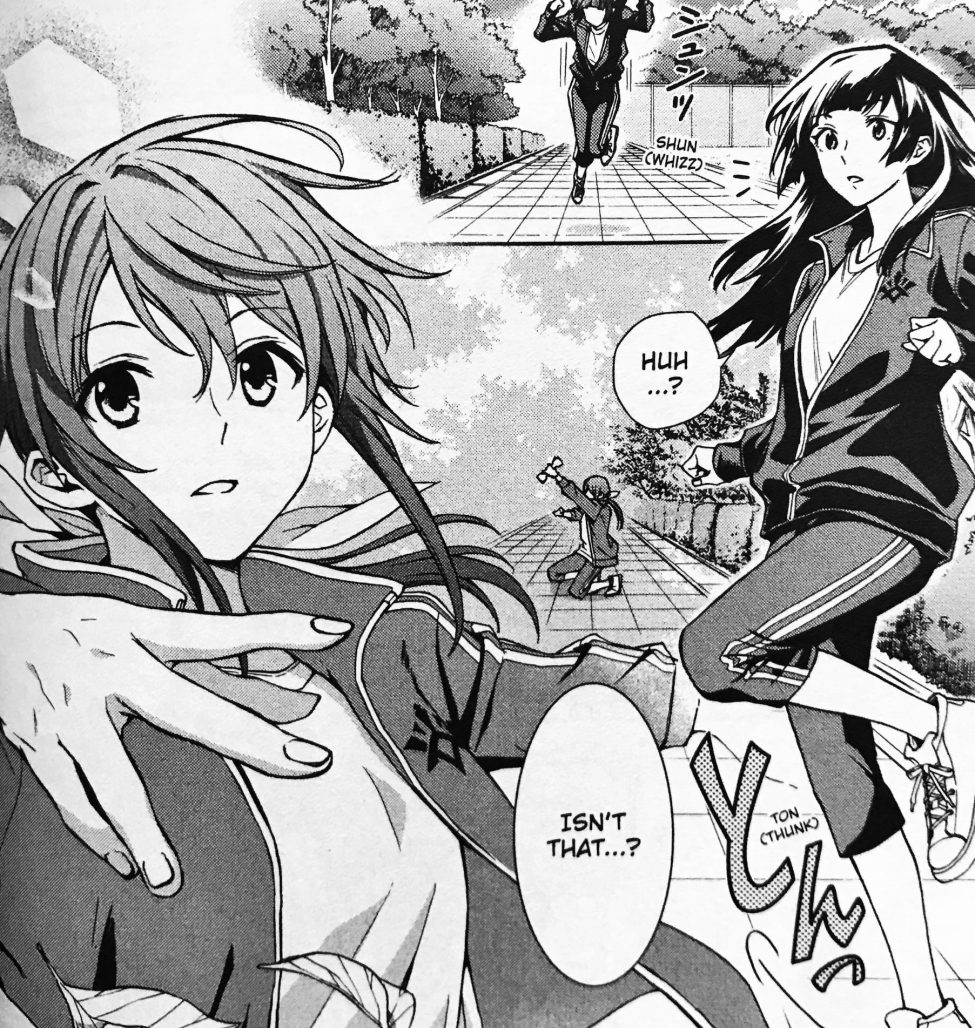
Modomu Akagawara’s artwork is clean and expressive, with an especially appealing design for the academy’s uniforms. The blend of traditional shrine maiden attire with modern school uniforms—a fusion of the sailor uniform/gakuran with red hakama pants—is a standout detail.
That said, I would have loved to see this fusion extend further into other aspects of the school’s design. Instead of the standard tracksuits and jerseys for physical training, incorporating more traditional elements into activewear could have reinforced the series’ aesthetic. Similarly, blending modern and traditional styles in the academy’s architecture or classroom settings would have created a more cohesive and immersive visual experience.
The first volume of The Failure at God School follows the Japanese edition in omitting color pages, but its cover design is dynamic and elegant. I particularly appreciated the thoughtful typesetting, and as a small bonus, Nagi’s face on the spine adds a charming touch.
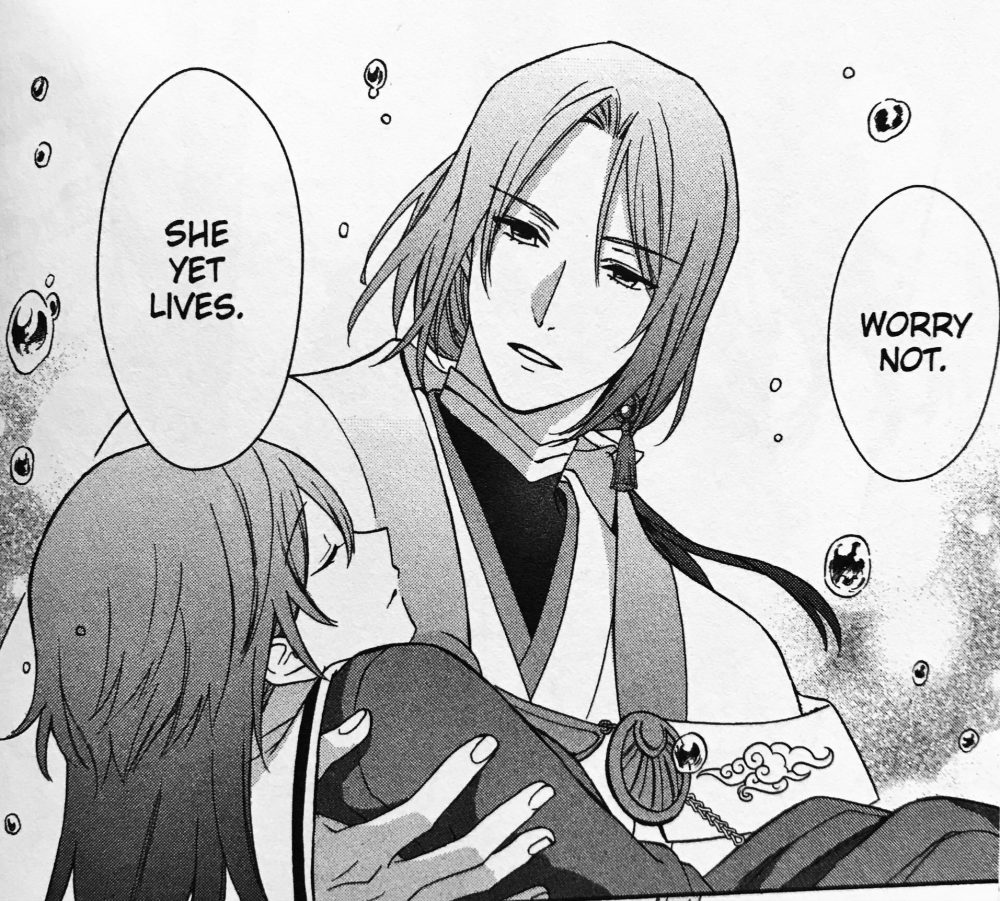
Overall, my first impression is a positive one! I’d like to read another volume or two to see how the story sets itself apart from other fantasy and romance series. But for now, if you enjoyed Kamisama Kiss or Fruits Basket, The Failure at God School is definitely worth checking out!
The Failure at God School Volume 1 will be available digitally and in print on Yen Press’ website and other retailers on March 25th, 2025.



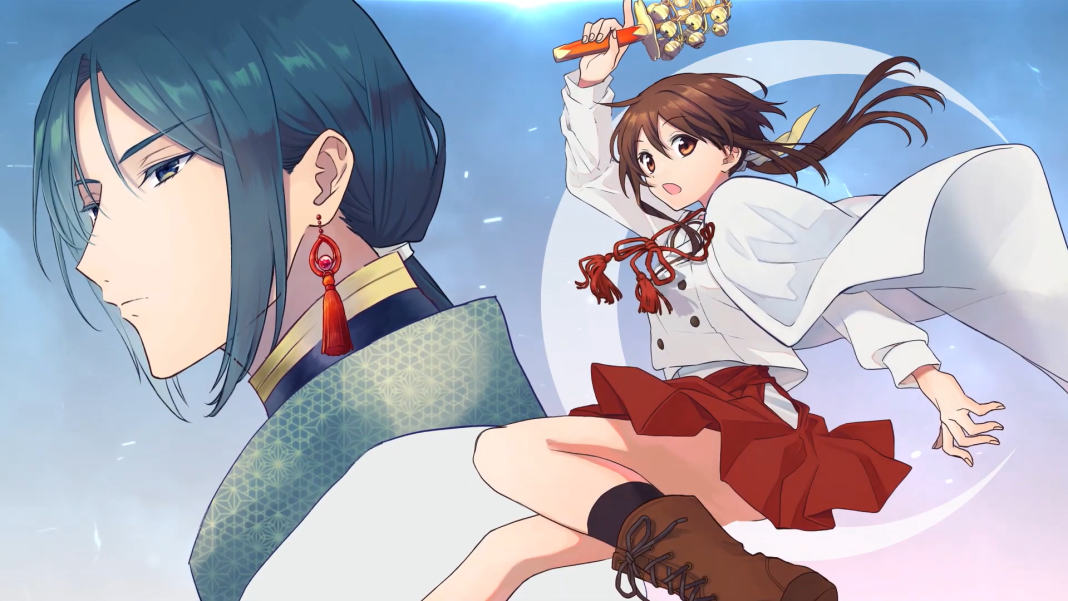








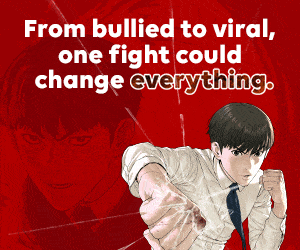

Take my money!!!
Comments are closed.